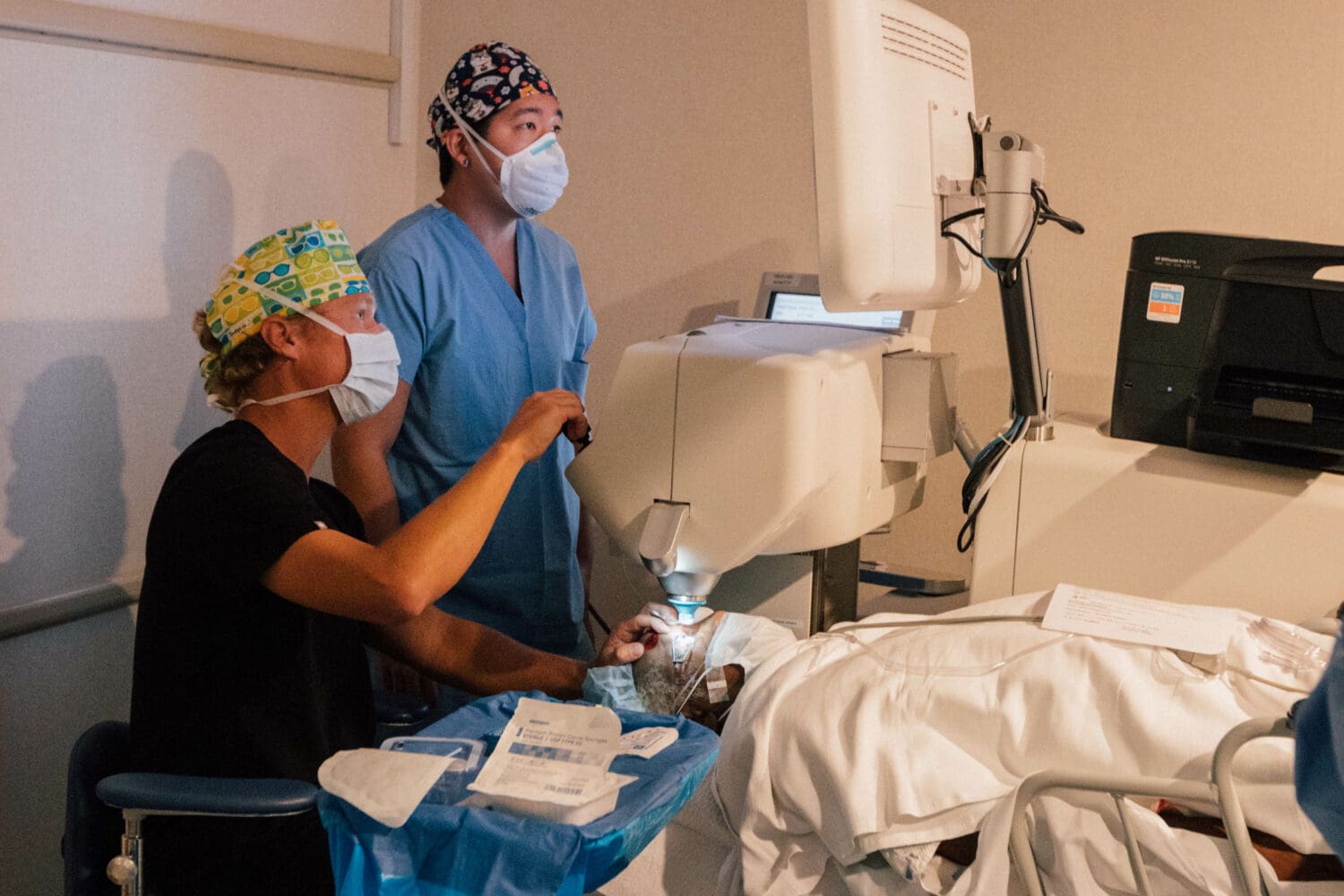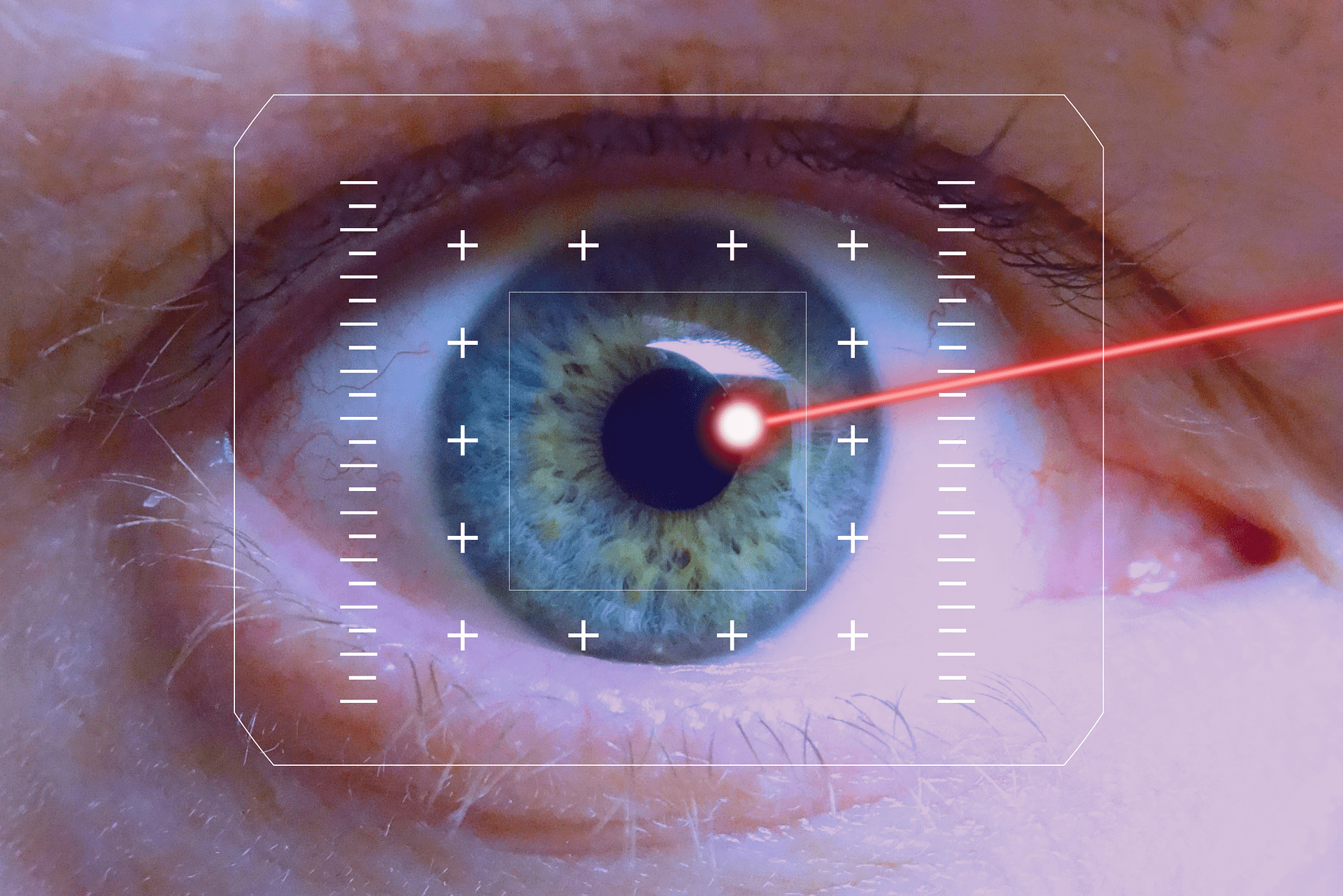LASIK eye surgery has transformed the lives of millions by offering a long-term solution to…

Dry Eye Disease: Causes, Symptoms, and Treatment Options
Dry eye disease, also known as keratoconjunctivitis sicca. This can cause discomfort and make it difficult to perform everyday tasks such as reading, driving, and computer work. Dry eye disease is more common in women than men and typically affects people age 50 and older.
In this article, we will discuss the main causes of dry eye disease, common symptoms, and
available treatment options for relief.
Recognizing the symptoms of dry eye disease
Dry eye disease is a long-term condition where the eyes are unable to generate enough tears or they evaporate too quickly. This can cause a range of uncomfortable symptoms that can affect an individual’s ability to perform everyday tasks.
Common symptoms of dry eye disease include burning and stinging in the eyes, a sandy or gritty feeling, sensitivity to light, redness of the eyes, pain or discomfort when blinking, vision distortion, or blurred vision. If you’re experiencing any of these symptoms recurrently, it’s essential that you contact your doctor promptly for an accurate diagnosis and a tailored treatment plan.
Environmental factors that contribute to dry eye disease
Dry eye disease can be caused by a variety of environmental factors, including wind and dust which may irritate the sensitive tissues around your eyes. Other conditions such as dry air, smoke particles in the atmosphere, heated or air-conditioned spaces, and high altitudes might also contribute to this condition. Moreover, if you spend extended periods of time looking at computer screens or other digital devices then it’s likely that your tear production is decreased due to less blinking – leading to symptoms associated with dry eyes.
Certain medications can also cause dry eye disease, including antihistamines, antidepressants, decongestants, birth control pills, and diuretics. In some cases, dry eyes can be a side effect of other medical conditions such as thyroid problems, Sjögren’s syndrome, and certain types of infections.
From over-the-counter remedies to surgery
Treatment options for dry eye disease include over-the-counter remedies such as artificial tears, prescription medications like topical cyclosporine and systemic omega-3 fatty acids, and in some cases surgery. Artificial tears can provide temporary relief from dry eyes, but they do not address the underlying cause of the condition. Prescription medications can help stimulate tear production and reduce inflammation in the eyes. Surgery is typically only recommended for extreme cases, as it involves removing parts of the eye that produce tears or permanently closing tear ducts to prevent further evaporation.
If you think you might be suffering from dry eye disease, it is important to discuss your symptoms and concerns with an experienced optometrist. In any case, don’t let yourself suffer through the discomfort of dry eyes without relief – take action today to improve your ocular health.
Prolonged technology use can affect eye dryness. If you’re experiencing dry eye disease, Jenkins Eye Care can help. Click here to learn about treatments we use for dry eye disease today!



